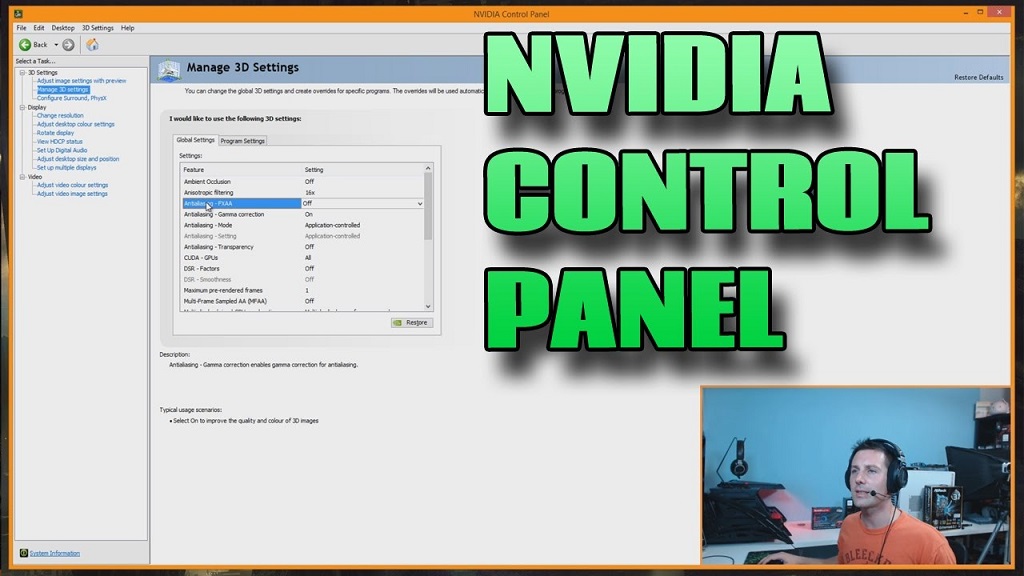When it comes to protecting aluminium surfaces, the two most common finishing techniques are powder coating and anodising. Both offer unique benefits in terms of durability, corrosion resistance, and appearance, with the right choice depending on your project’s requirements. Let’s look at this in more detail.
Anodising: durable, long-lasting, and metallic by nature
Anodising is an electrochemical process that enhances the natural oxide layer on aluminium. Rather than applying an external coating, the process transforms the metal’s surface, creating a hard, corrosion-resistant finish that becomes part of the material. This makes it highly resistant to peeling, chipping, or flaking, even under extreme mechanical or environmental stress.
One of the biggest advantages of anodising is its retention of aluminium’s metallic aesthetic. It also resists fading over time and performs exceptionally well in demanding environments such as coastal, urban, or industrial locations. Anodised finishes are ideal for applications that prioritise a natural, metallic look and long-term surface integrity.
Furthermore, the anodised layer is non-conductive and receptive to colouring, providing a limited but elegant palette of finishes suitable for both functional and decorative use across a range of industries.
For anyone interested in learning more about anodising, surface treatments specialists such as www.poeton.co.uk/surface-treatments/anodising/ can help.
Powder coating: vibrant, versatile, and smooth
Powder coating involves applying dry powder to a surface and curing it under heat to form a tough outer layer. It offers a broader range of colours and finishes than anodising, including matte, gloss, and textured options. This makes powder coating a great choice for applications that require design flexibility and visual impact.
It also covers minor surface imperfections more effectively than anodising, offering a visually smooth and uniform appearance that can enhance overall product aesthetics; however, if the coating is scratched or damaged, it may expose the metal to corrosion over time, especially in harsh environments.
Both options are environmentally considerate, but anodised aluminium is fully recyclable without chemical treatment and has a longer proven track record for performance.
Ultimately, choosing between powder coating and anodising comes down to durability, appearance, cost, and intended function.




Leave a Reply